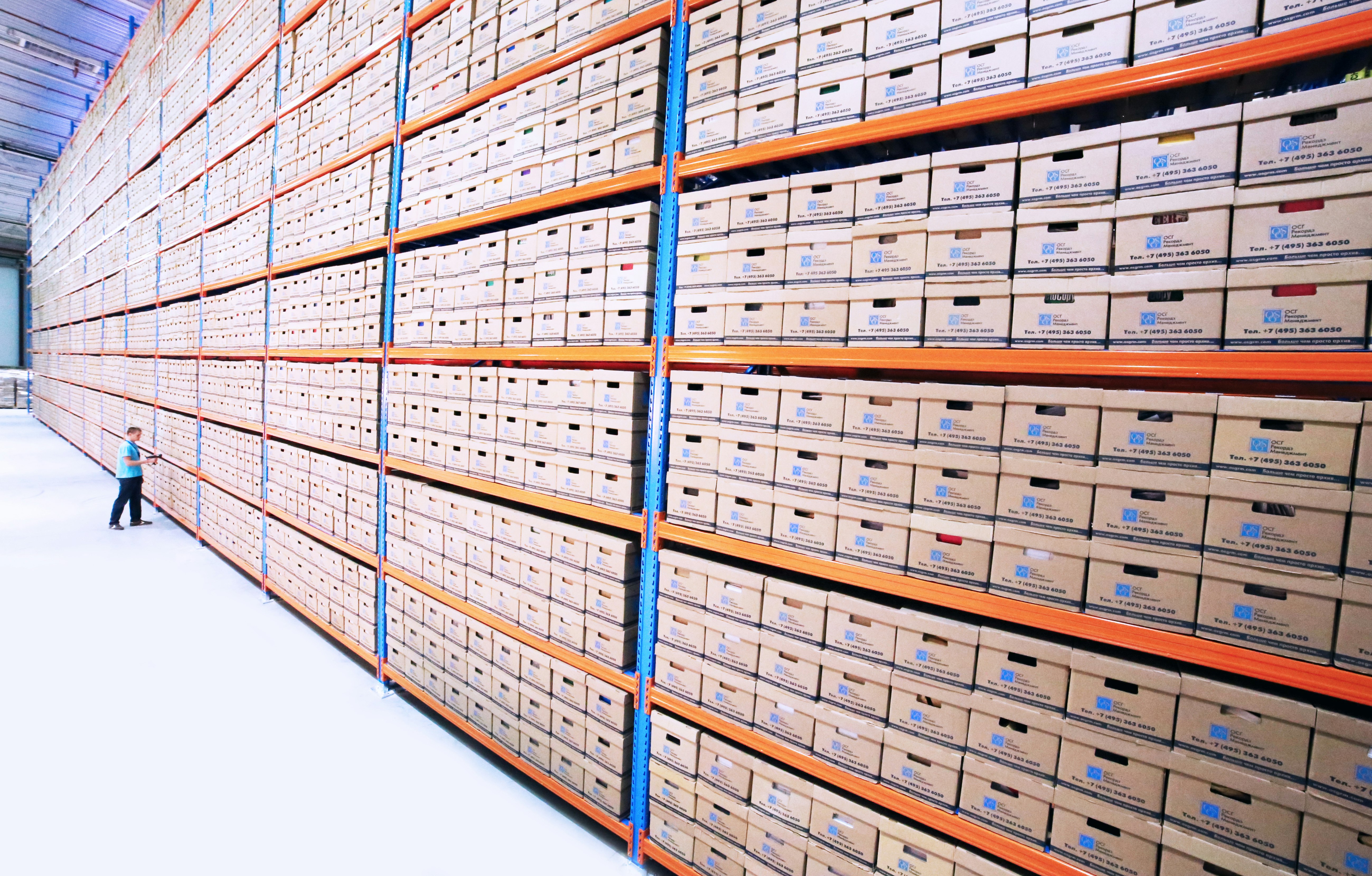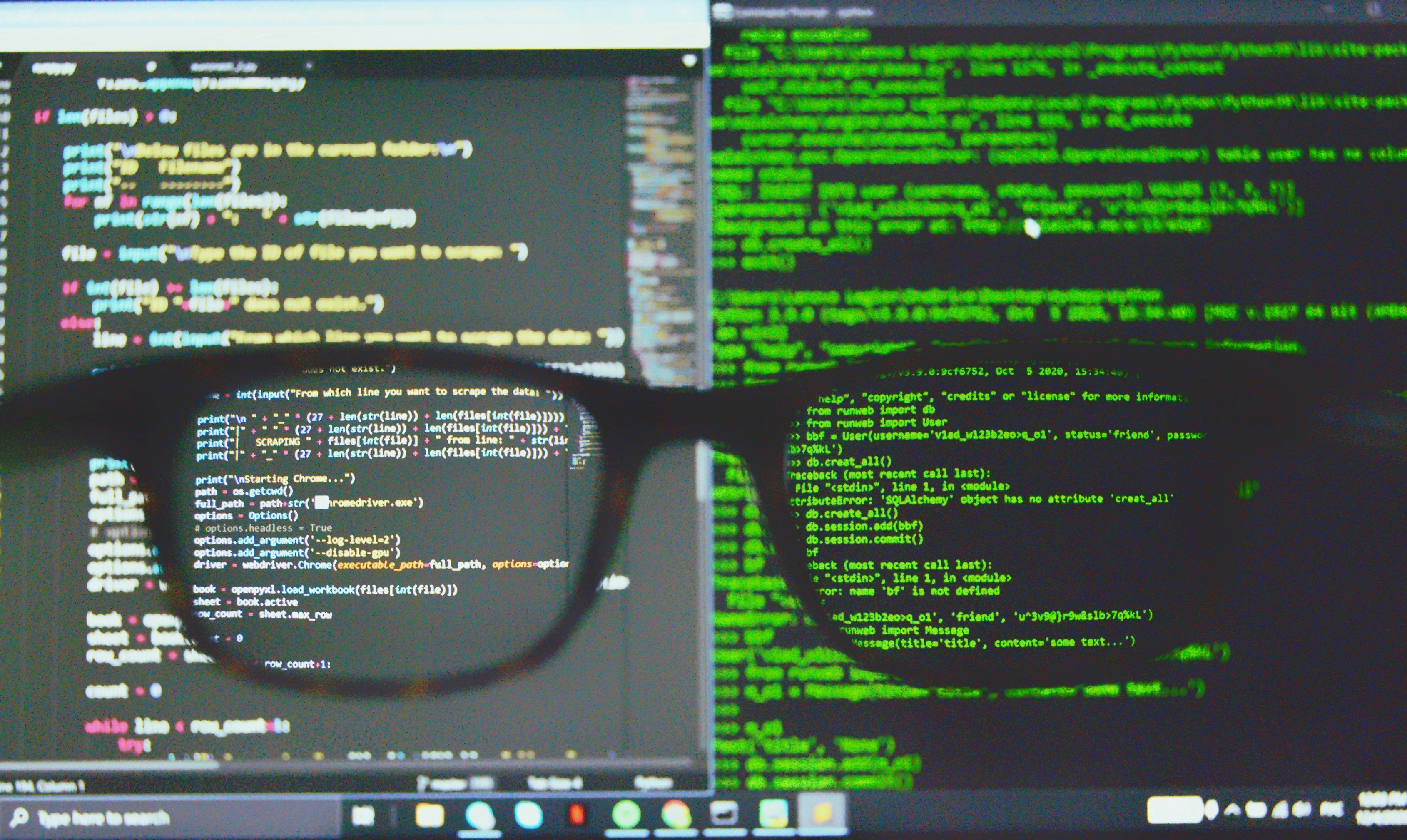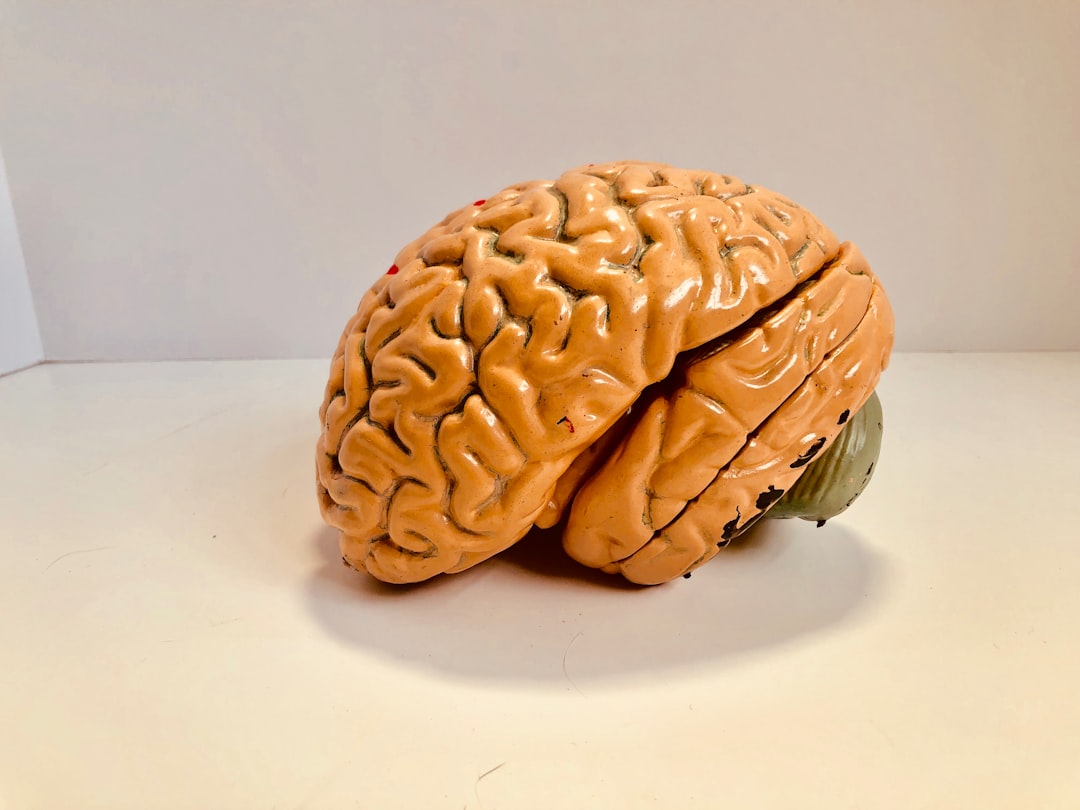Big data sets are helping organizations during COVID-19 to obtain data sources from different parts of the world to be used in supplying products to healthcare workers. With data, scientists and policymakers get the right insights that can be used in decision making. The emerging technologies need big data and analytics to interpret massive volumes of data into useful information.
Although the healthcare sector is the biggest beneficiary of big data during the pandemic, other sectors are also reaping big benefits from this technology as well. For instance, the food safety industry is using big data in many ways. Big data becomes a crucial tool that helps in many ways with the complexity and a large amount of data concerning global food safety. For example, data about food recalls and rejection, as well as data on issues associated with the consumption of a specific type of food helps reduce incidences while allowing the right decisions to be made.
With Covid-19 now affecting many people than ever without any known cure, preventive measures such as hygiene, for example, regular hand washing and food choices. For food sources to be monitored due to the current scarcity, the industry must always check all trusted sources. With the right data on food safety, industry professionals will acquire insights needed to make the right decisions. This data can also help in the identification, monitoring, and preventing potential risks or incidences that can occur due to a lack of adequate data. Information about food and supply chain reduces the time and risks associated with the assessment and prevention of risks. It also allows food safety agencies to collect and publicize data on safety incidences and food contaminations, among others. In collaboration with the internet of things (IoT), food can be traced in the supply chain from one point to another with the help of barcodes and RFID tags. This enables food retailers to ensure that the customer gets what they demand at the right time despite the current challenges on the supply chain.
Recently, IoT has emerged as a technology that would provide additional data about food products in transit. These devices have sophisticated sensors that can measure different aspects of food, such as dust and dirt particles. The devices in containers can report temperature and other environmental factors that impact the safety of food. If a food item is being transported from one location to another, for example, it is important always to check the temperature, that can affect their quality and safety. Companies such as EU MUSE-Tech project are now implementing multi-sensor devices that will provide data in real-time, ensuring that foods are safe and the supply route is transparent. These devices give data that ensures that food safety guidelines are maintained throughout the supply route.
Although big data is important in food safety, data alone cannot achieve everything. Instead, actionable human intelligence is still required to augment the data. In order for the real potential of big data to be realized, human skills and expertise of scientists and analysts are required. With the right human skills, results generated by sophisticated AI algorithms can be created, therefore enriching data insights. It also allows tailor-made intelligence to be obtained, that enables the visibility and safety of the global chain of the food supply.





























